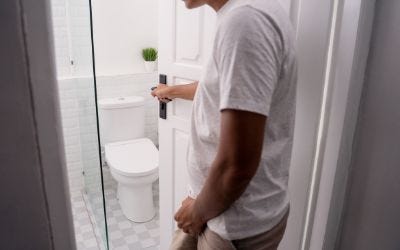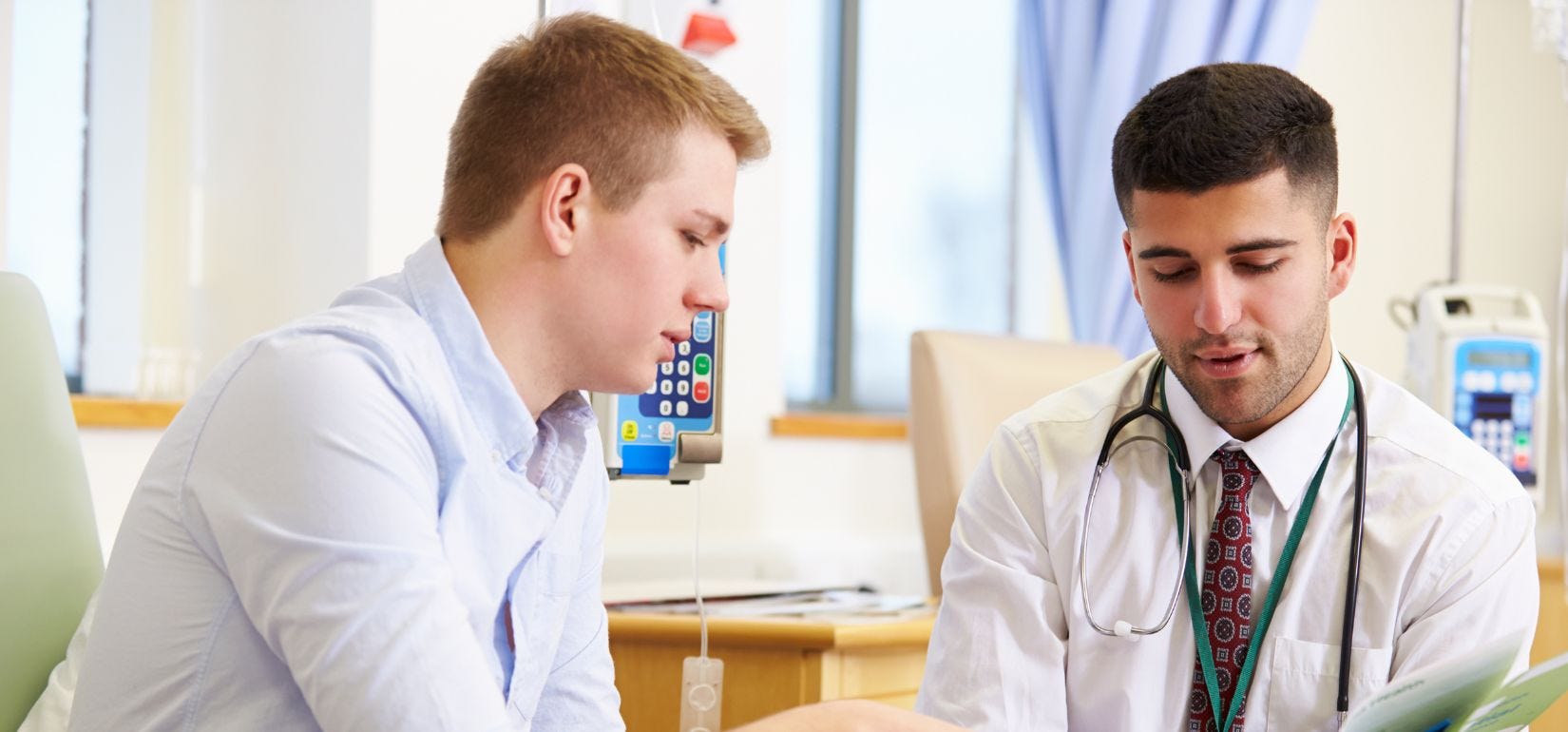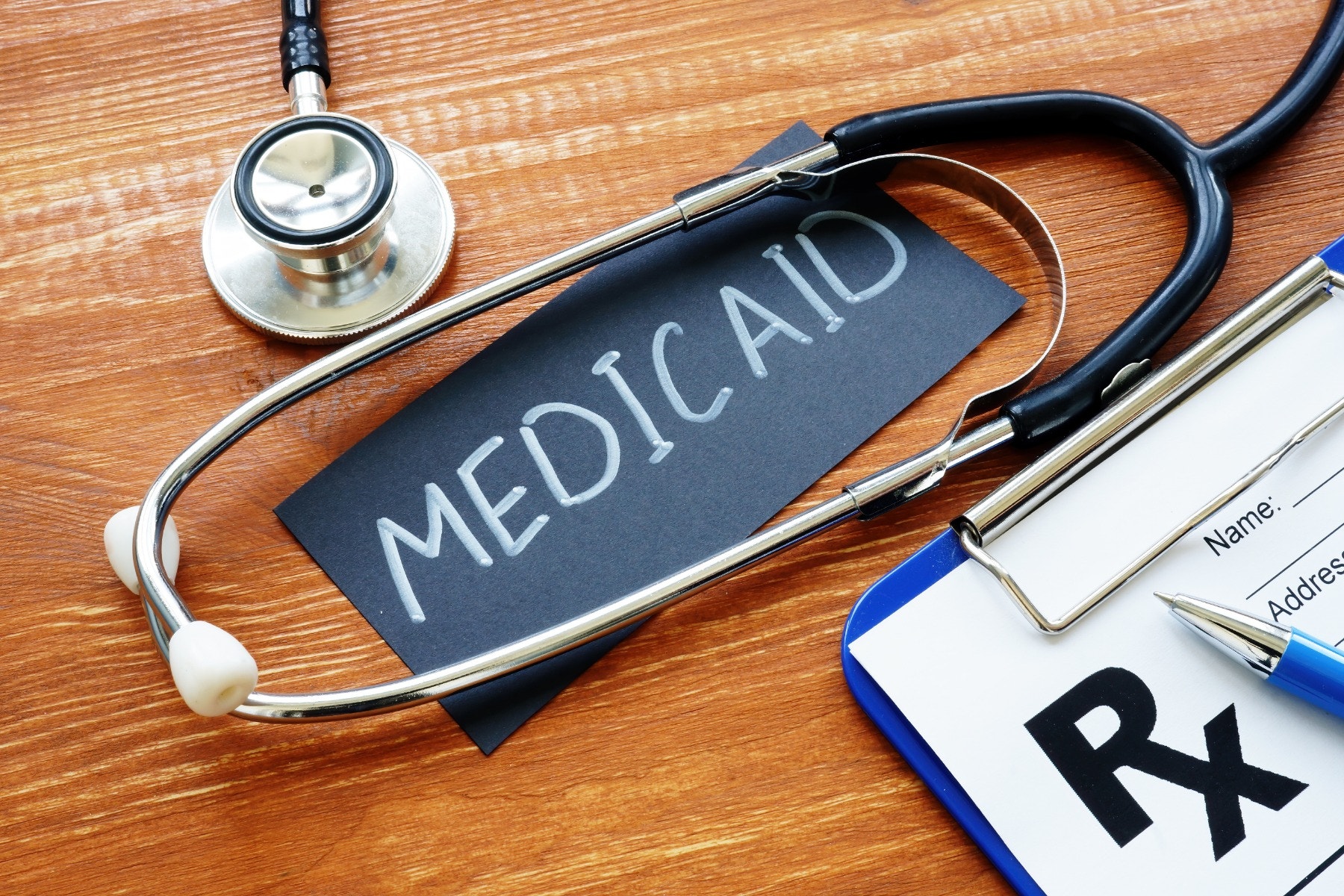Do you ever leak urine when coughing? Do you empty your bladder more than 8 times a day? Have you gotten up to use the bathroom in the middle of the night? If you answered yes to any of these questions, you may have urinary incontinence.
In this post, we’ll help you understand all the signs of the condition so you can determine which type you have and manage your symptoms accordingly.
What Is Urinary Incontinence?
Urinary incontinence is the loss of bladder control. This loss can result in an array of symptoms, such as urine leakage and frequent urination. Urinary incontinence can affect a person of any age or gender. The causes include:
Check Your Eligibility
2 Easy Steps
Discover the continence care essentials available through your Medicaid plan.
- Aging
- Menopause or menstruation.
- Pregnancy or childbirth.
- Nerve damage.
- Certain medications.
- Certain medical conditions, such as obesity, Alzheimer’s disease, Parkinson’s disease, etc.
- Special needs.
- Genetics
Identifying Symptoms
One of the toughest parts about managing urinary incontinence is figuring out which type you have since each one comes with its own set of symptoms. You May Have Urinary Incontinence If You Are…
1. Leaking urine when you cough, laugh, sneeze, exercise, or bend over.
Leaking urine when coughing, laughing, sneezing, working out, running, bending over, or lifting heavy objects means you may have stress incontinence. Stress incontinence occurs due to extra pressure being put on your bladder while engaging in these activities. Weak pelvic floor muscles are another reason stress incontinence occurs.
2. Using toilet paper as a pad in your underwear after urinating.
If you’re stuffing toilet paper or paper towels into your underwear (yes, this is actually common), you probably have incontinence issues that need to be addressed.


Usually, post-pee dribbling indicates overflow incontinence. This type of incontinence is due to weak bladder muscles, weak pelvic floor muscles, and not emptying your bladder fully.
3. Feeling the sudden and intense urge you need to go.
This set of symptoms is associated with urge incontinence. Sometimes called overactive bladder (OAB), urge incontinence is characterized by the strong, sudden urge to pee that can result in voiding your bladder more frequently than normal or in accidents due to not making it to the bathroom in time to use the toilet.
4. Dribbling urine throughout the day.
If you leak or dribble urine throughout the day but don’t feel the urge to go, it could be a sign of overflow incontinence.
5. Experiencing a combination of any of these symptoms.
When you manage a combination of any of the above symptoms, you may have mixed incontinence. For example, you may leak urine when you cough and also feel the sudden urge to go throughout the day.
6. Having accidents because you can't make it to the toilet in time.
If you recognize when you need to go to the bathroom but have accidents because you’re unable to make it to the bathroom due to a mental or physical condition, you may have functional incontinence.
7. Waking up at night to pee.
Getting up in the middle of the night to use the bathroom- called nocturia- could be a sign of OAB or urge incontinence.
8. Wetting the bed in your sleep.
Having accidents at night indicates nocturnal enuresis.


9. Peeing more than 8 times in 24 hours.
Using the bathroom over 8 times a day is usually an indicator of OAB.
What to Do if You Have Urinary Incontinence
Because urinary incontinence is common but not normal, it’s important to speak with your healthcare provider about your symptoms. They can diagnose what type of urinary incontinence you have and suggest treatment options because it is reversible!
Learning about your level of leakage and which incontinence products will fit you best is another step in managing your symptoms. Depending on the amount of leakage you experience in a day will determine what products will be best suited for you. For example, if you have light incontinence, a bladder control pad may suit you best, while if you have heavy incontinence, an adult brief may keep you dry throughout the day.
Did you know you may be able to get these supplies for FREE through insurance? Read how below.
How to Get Free Incontinence Supplies
When you’re first diagnosed with urinary incontinence, it can be overwhelming adjusting to using incontinence products and learning about them, but we’re here to help!
Aeroflow Urology may be able to supply you with free incontinence supplies through your insurance plan. We send free samples so you can decide on what your favorite products are and then ship your supplies to you for free in unmarked boxes on a monthly basis.
To find out if you qualify, fill out our Eligibility Form today.
Information provided on the Aeroflow Urology website is not intended as a substitute for medical advice or care from a healthcare professional. Aeroflow recommends consulting your healthcare provider if you are experiencing medical issues relating to incontinence.









